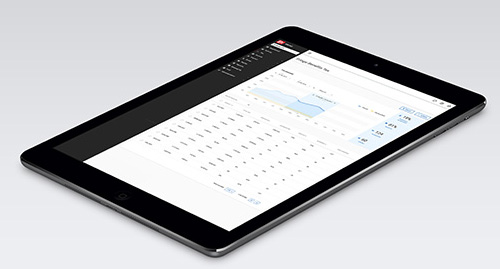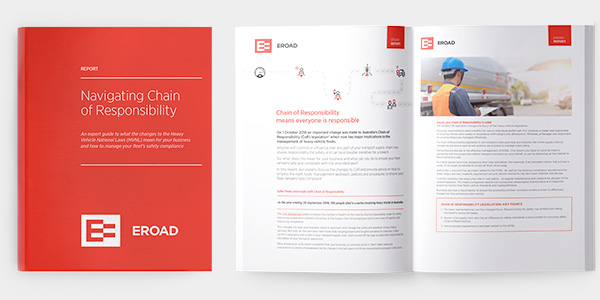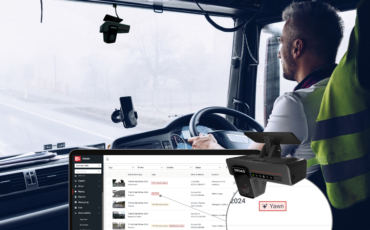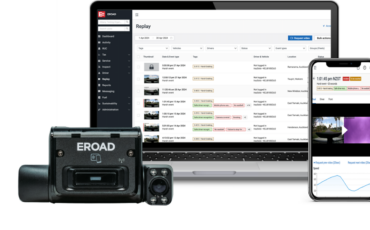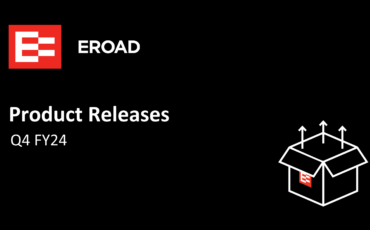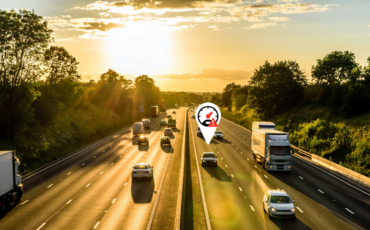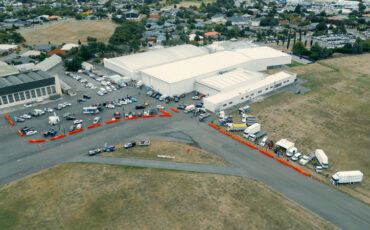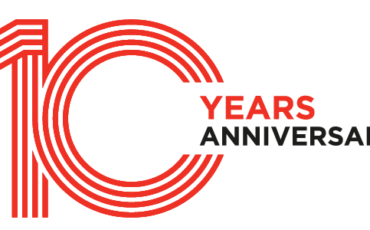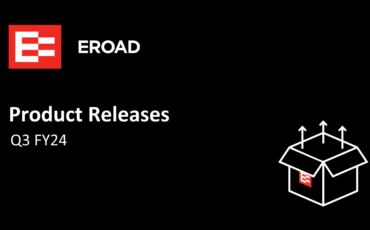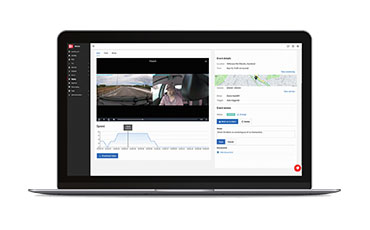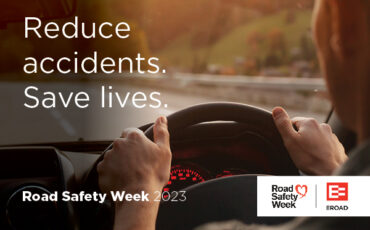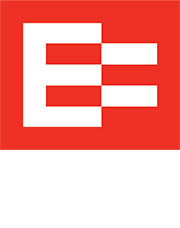How to manage your fleet’s Chain of Responsibility compliance with your sub-contractors
How to manage your fleet’s Chain of Responsibility compliance with your sub-contractors
Are your sub-contractors a solid link in your Chain of Responsibility?
Do you have full visibility of their fleet’s performance? If not, it could potentially be a major risk to your business.
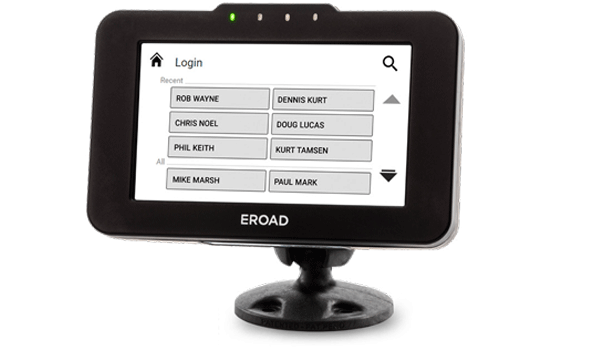
What is Chain of Responsibility?
Recent changes to Australia’s Chain of Responsibility (CoR)* legislation mean anyone with a role in your transport supply chain – including your contractors and partners – now share responsibility for your fleet’s safety.
It’s about getting everyone across your supply chain working more closely together to, ultimately, improve road safety.
“That sometimes means having serious conversations with your partners to ensure they comply with the new safety requirements,” says Chris Evans, EROAD’s Health and Safety Compliance Manager.
“But it’s about influencing and working alongside your partners rather than just expecting or demanding they comply. Creating an effective partnership is key. You can’t just give a sub-contractor a two-page list of things to comply with and assume it will be followed. You need to work alongside them.
Everyone is Responsible under the CoR legislation
Under CoR, everyone in your chain has a formal duty of care that can’t be contracted out.
“For example, if one of EROAD’s installers had an accident, EROAD could potentially be liable. Especially if we didn’t have visibility or, at the very least, minimum standards. Prior to the CoR changes taking effect, our team worked closely with each of our installers to determine what CoR meant and our expectations of them to comply. It was a very effective process which has meant we are all collectively doing the right things to ensure the continued safety of our entire operation.”
Evans says once an agreement is made, it’s also important that it’s then regularly monitored.
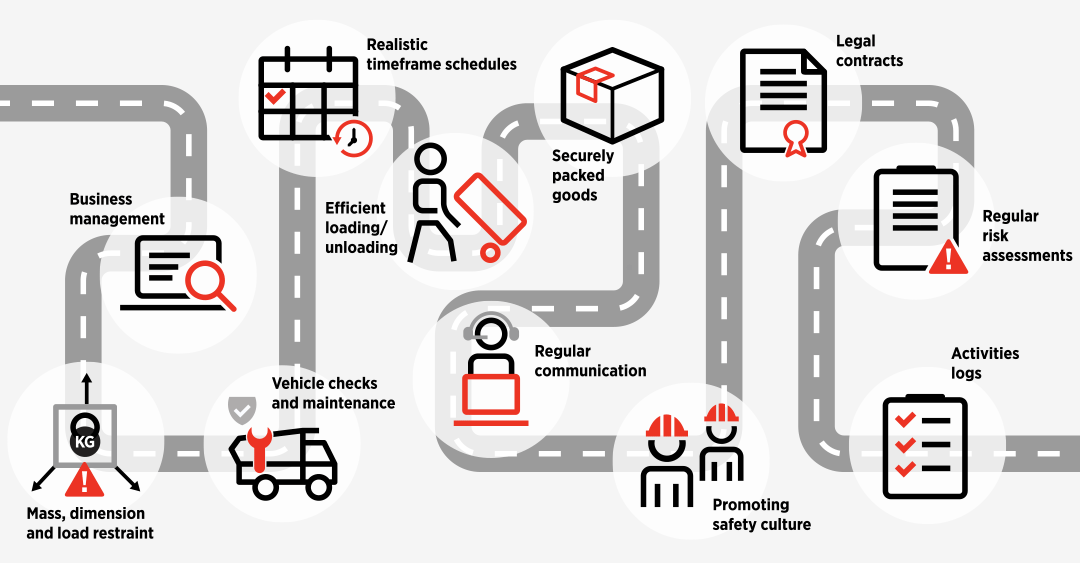
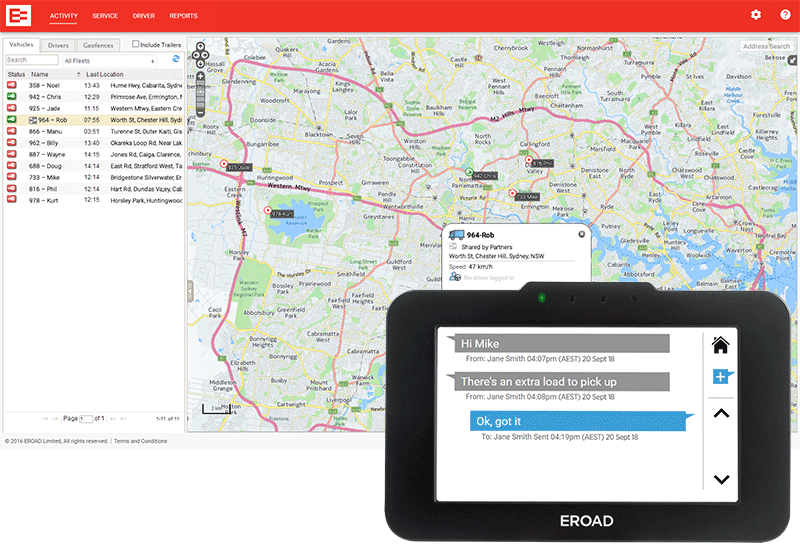
EROAD’s Share helps you to:
- Minimise risk
Complete display of own and shared vehicle information on the same digital map helps minimise workplace risk - Improve dispatch
Share live and historical daily activity history for your vehicle fleets to better manage dispatch and provide proof of job completion - Coordinate resources
Sub-contractor and contractor vehicles can be ranked against each other to improve fleet management - Ensure safety
Enable monitoring of driving behaviour by including shared vehicle data which are captured in a range of automated reports - Simplify job management
Move shared vehicles into your own fleet for enhanced job management
Small businesses should take a ‘sense check’
“What a customer wants and what they can actually get may be two different things. If a client demands goods in six hours, but it’s impossible to achieve that within the law, then they need to be advised of what’s legally possible.”
They are not a logistics expert. They won’t know about driver hours regulations, or how long it takes to get from Newcastle to Adelaide. So there’s a duty of care to make sure customers are educated about what is practicable and reasonable.
Chris says while CoR adds a new dimension to managing your business, open dialogue with contractors and the use of quality technology, such as EROAD’s fleet management software, is key.
“Not only does it ensure you operate safely, efficiently and productively – it also means everyone gets home safely at night. The key aim is to get everyone home safely – which is good for everyone in your chain!”
*Currently only applies to selected States in Australia
